GDT 100
How the defence world has changed in 100 issues of GDT
As we celebrate 100 issues of global defence technology, we take a look back at some of the major defence industry projects and themes we covered in our early days to find out how they’ve come along in the years since.

When we launched GDT in 2011, armed forces and the defence industry were digesting lessons learned in Afghanistan and Iraq, some of the major equipment now rolling off the production line was still on the drawing board, and we were getting used to the idea of autonomous machines.
The F-35 programme was set to redefine aerial warfare, exoskeletons were more Iron Man fantasy than workable prototype and early-day military robots inspired Terminator headlines. The electromagnetic spectrum and cyberspace were emerging as the arena where future conflicts would be fought.
To celebrate issue 100, we jumped back in time to revisit some of the projects and big topics we covered in our early days and find out where they are now.
Land robots: we’ve seen Iron Man, but no Terminator (yet)
Robots were all the rage when we launched GDT in 2011. Smaller ground robots such as the Wheelbarrow and the iRobot Warrior were carrying out vital bomb disposal and other combat support tasks. But the headlines were dominated by ‘wearable robot suits’ as well as humanoid and animal-shaped robots such as Boston Dynamics’ Atlas and Cheetah, which were both in development with DARPA funding.
Military robotics development hasn’t gone the way of Terminator. We won’t have humanoid robots roaming the battlefields anytime soon – nor indeed four-legged ones, since the US Marine Corps abandoned the much-hyped BigDog project after the robotic packhorse was found to be too noisy for operational use.

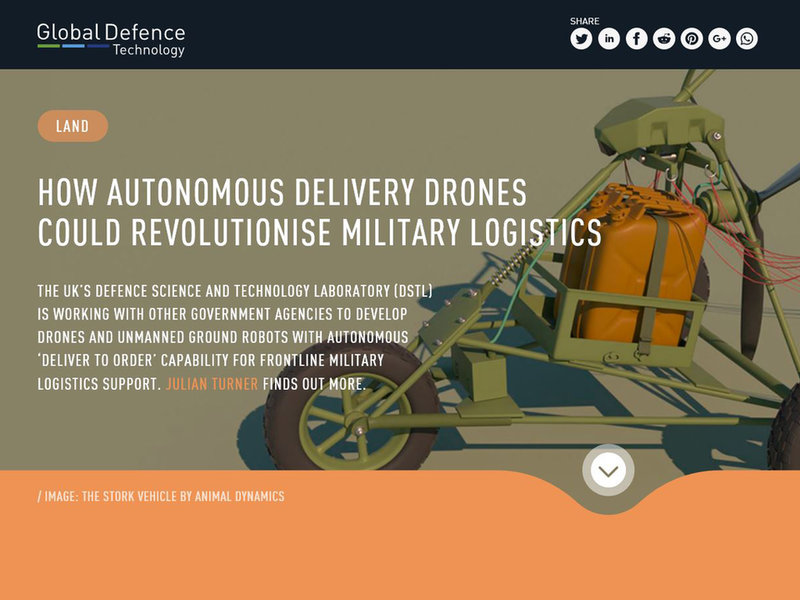

Significant progress, both in terms of funding and development, has been made in an area of robotics that’s perhaps less exciting, but vital to operations: combat support and logistics. The UK’s Dstl is working on autonomous delivery drones - such as the TITAN - to reduce the risk to humans on the ‘last mile’ of frontline supply. Last year’s Exercise Autonomous Warrior – the first of its kind in the UK – tested a range of robotic support systems for frontline troops, including drones for enhanced situational awareness and automated fighting vehicles.
Robot suits haven’t made much progress – at least in the military – since our early days of reporting, although the US Army is now looking into commercial exoskeleton tech with renewed interest, and we have seen a real-life Iron Man complete a Royal Marines training course in the UK.
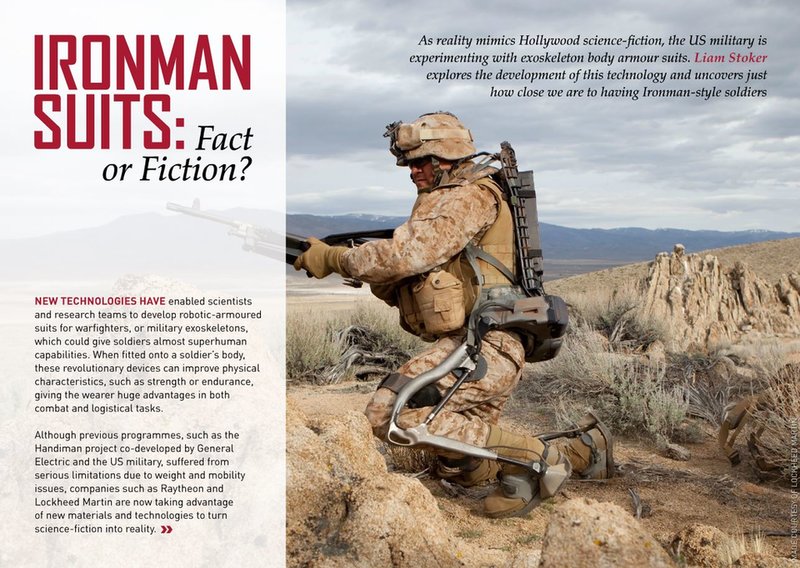


The F-35: a rollercoaster ride into combat
When we launched GDT, flight testing of the F-35 was in full swing. In our first issue we spoke to BAE Systems’ lead test pilot for the F-35B, Graham Tomlinson, who said: “The F-35 brings 21st-century technology to the table.”
In the early 2010s we were all wowed by flight tests and sea trials showing off the fighter’s capabilities. However, the project was already significantly over budget and behind schedule, and technological faults caused a number of short-term flight bans.
We remember our disappointment with the F-35’s no-show for its planned international debut at Farnborough Airshow in 2014 – a result of flight restrictions in the wake of an engine fire that had destroyed a US Air Force F-35A. The B variant came through two years later though, stunning the crowds at Farnborough with a perfect hover.
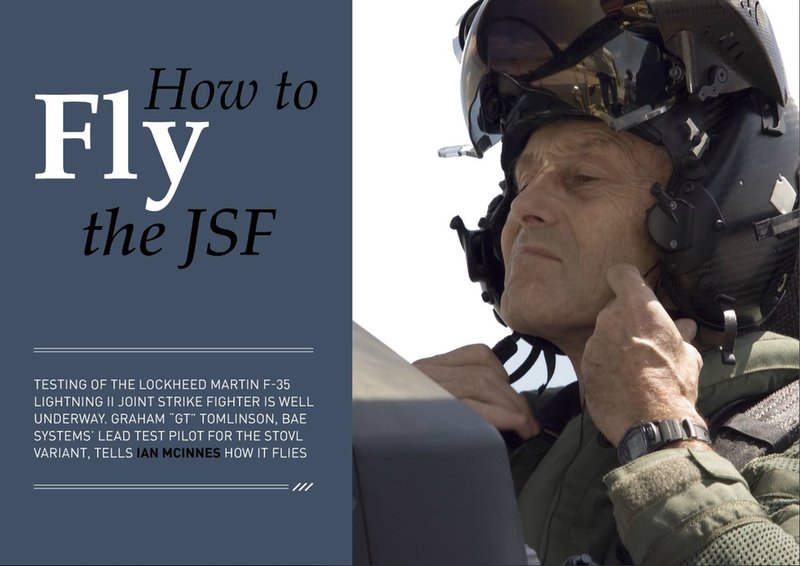
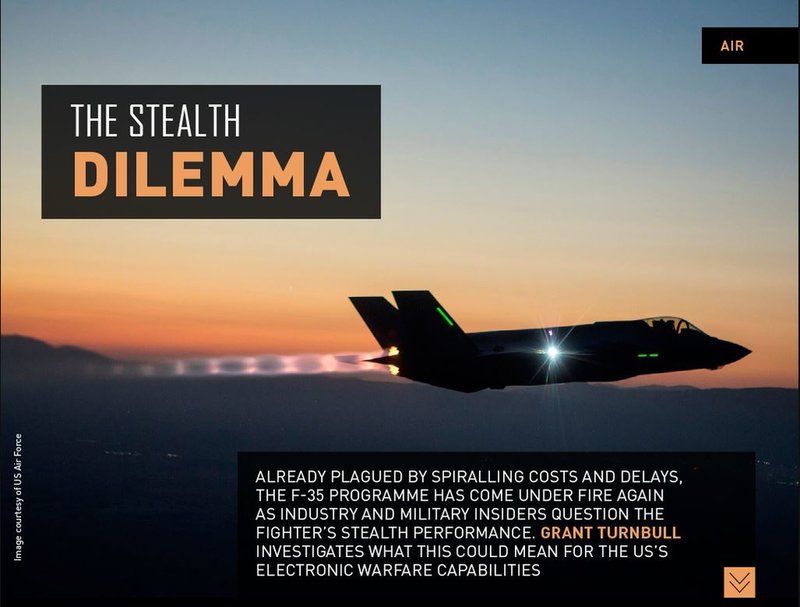
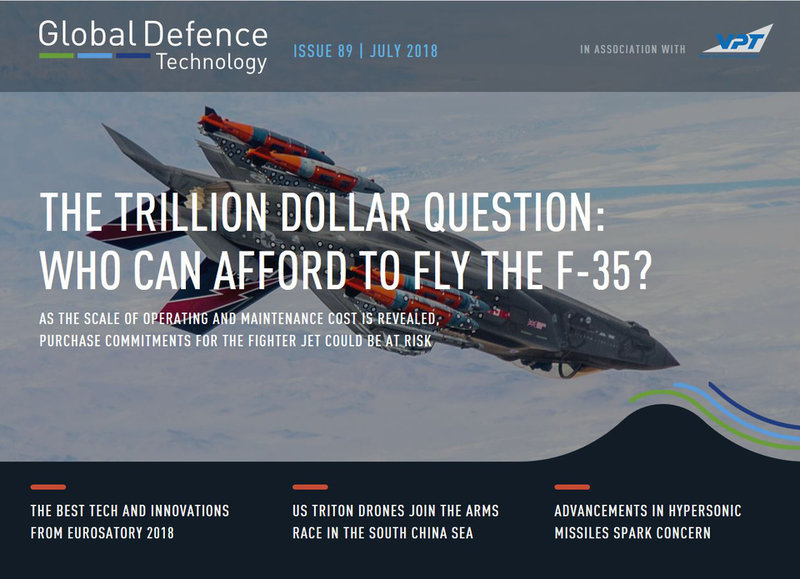

The F-35 was declared war-ready by the USAF the same year and made its combat debut two years later with the Israeli Air Force.
The fighters are now off the production line for various international customers, but woes continue to plague the project: the F-35’s stealth capabilities and life expectancy have been called into question, supply chain problems could hinder maintenance and readiness, operating the jets is projected to become prohibitively expensive, there are some cyber vulnerabilities that need addressing, and the recent crash in Japan – although now attributed to human error – added to the bad publicity.
But bumps in the road are to be expected from the largest and most expensive military project in modern history. We’re certainly excited to see where the F-35 will be by the time we celebrate issue 200.
Electronic warfare: the new arms race
Electronic warfare (EW) came up as a hot topic in the early 2010s when NATO placed it alongside insurgency and terrorism as one of the main threats facing its member states in the coming decade.
Jammers received a lot of attention at the time, as they proved invaluable against improvised explosive devices (IEDs) in Iraq and Afghanistan. The electromagnetic spectrum has grown vastly since we reported on these developments in our first issue, emerging as a new military domain in its own right.
Since then, EW has become the arena for a new arms race. Western nations are keeping an anxious eye on China and Russia’s emerging EW capabilities – the latter now represents a “formidable combat support asset” according to a report by the International Center for Defence and Security. It’s no surprise that the US has recently stepped up its efforts to develop EW and cyber support capabilities.
Technology is evolving in leaps and bounds, from advanced sensors and intelligence gathering tools to the processing power and software that will be needed to make use of the vast amounts of data they generate. In fact, there’s so much going on in EW that we dedicated an entire special edition to it last year.



And then there’s the cyber frontier…
When we launched GDT the world was still recovering from Stuxnet and we had no idea what was coming at us.
Countries around the world were waking up to the cyber threat, pouring millions into safeguarding their national infrastructure and military IT systems. The US Government’s newly set up Cyber Command was working to ramp up both offensive and defensive capabilities. Germany invested €7bn into IT upgrades. The UK’s Strategic Defence and Security Review of 2010 classified cybercrime as a tier one risk.
In the years since, these early measures have been dwarfed by the billions being poured into cybersecurity today, and cyberspace has opened up into a military domain in its own right, with the NATO Secretary-General declaring the internet a war zone in 2016.





World leaders have started to acknowledge that, given the scale of potential cyber threats, collaboration is the way forward. To this end French President Emmanuel Macron launched an agreement to limit the use of cyberspace for hostile purposes at the Paris Peace Forum this year. The Paris Call for Trust and Security in Cyberspace is backed by more than 50 countries and 250 global organisations – but notably, Russia, China and the US all declined to sign.
While leaders talk cyber peace, the race for technological superiority is, of course, firmly on. NATO is running large-scale exercises to help its member states prepare for cyberattacks. The UK’s DASA is working on artificial intelligence-powered tools to predict cyberattacks, the US Government is reportedly considering drafting cybersecurity professionals into the military and civil service in a bid to get its hands on the best cyber talent, and contracts for military cyber projects are being handed out pretty much on a weekly basis.
Power shifts: major conflicts 2011-2019
When we launched GDT in early 2011, fighting was still going on in Afghanistan and the US was in the process of withdrawing troops from Iran, but conflict was also bubbling elsewhere. We revisit major conflicts that have shaped the defence landscape in the past eight years.
2011 - PRESENT
Syrian civil war
The Syrian civil war erupted on 15 March 2011 from public protests against Syrian president Bashar al-Assad in Damascus and Aleppo. It developed into a multifaceted ‘proxy war’, with the Syrian Armed Forces receiving support from Iran and Russia, while the opposition Syrian Interim Government was backed by NATO member Turkey. In the north-eastern Syria, the autonomous Syrian Democratic Forces have been repelling Islamic State (IS) belligerents with the support of NATO nations and Russia.
Libya crisis
The Libya crisis began after anti-government protests in Benghazi turned violent. The resulting conflict has been fought between the Transatlantic National Council and forces loyal to the Great Socialist People's Libyan Arab Jamahiriya party led by Prime Minister Muammar Gaddafi. In March 2011, 14 NATO members took part in a NATO-led military intervention which led to the capture and execution of Gaddafi in October 2011. In the absence of a stable successor, a second civil war began in 2014 and is currently ongoing.
2012 - PRESENT
Northern Mali conflict
The Northern Mali conflict has been fought since 2012 between the Government of Mali, backed by France and 14 nations in the Economic Community of West African States (ECOWAS) and the National Movement for the Liberation of Azawad (MNLA), made up of mostly ethnic Tuareg people of the Sahara region. After French and ECOWAS intervention that helped the Malian Army take back most of the Northern territory, the Malian Government entered into a peace deal with MNLA on 18 June 2013. However, after the Malian Army fired on unarmed protestors, the MLNA ended the peace deal and, despite another 2015 ceasefire, low-level conflict has continued.
2014 - PRESENT
Russo-Ukrainian war
Russian military interventions in Ukraine began in 2014 after then Ukrainian president Viktor Yanukovych backed the Ukrainian-Russian action plan over a deal with the European Union. He was replaced by pro-EU president Petro Poroshenko in the 2014 Ukrainian presidential election. In response to the election, Russia annexed the Crimean region in February 2014. NATO intervened through air space monitoring, training in the Baltics and Poland and by deploying ships in the Baltic and Mediterranean seas to assist the Ukrainian Armed Forces.
2015 - PRESENT
Yemeni civil war
A civil war broke out in 2015 between the Cabinet of Yemen led by Abdrabbuh Mansour Hadi and the Supreme Political Council made up of the Houthis – a political movement that arose in the 1990s to oppose the Yemen presidency. Both groups claim to be the official government of Yemen. Since March 2015, a Saudi Arabia-led coalition has backed the Cabinet of Yemen through military intervention, which included a month-long bombing campaign led by the Royal Saudi Air Force against the Houthi movement to stop its advancement into Southern Yemen. Despite the May 2015 truce, Saudi airstrikes carried on against the Houthis in Yemen well into 2018.